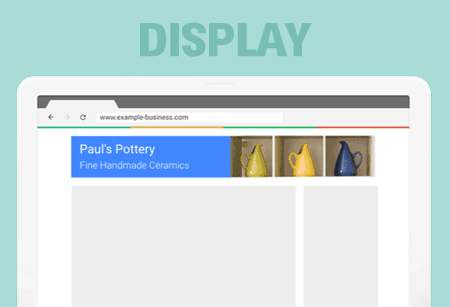When you’re preparing your marketing mix, there’s so much to think about. Why? Because there’s a ton of new tools, strategies, and opportunities that are pushed on marketers and businesses all the time—especially online. Facebook ads. Instagram ads. LinkedIn advertising. Google AdWords. Even Twitter pushes advertising when all you want to do is skim through your feed to make a few retweets. Today advertising options are seemingly endless, which can easily overwhelm or create a desire to jump on every possible platform. While this is a tempting maneuver, spreading ourselves too thin is a recipe not just for an unnecessary expense but an ineffective marketing campaign. And who wants that?
One platform that is often overlooked but may be the most efficient, targeted, and relevant way to reach customers is email.
That’s right, email.
“Placing third party, personalized content recommendations can add value in several ways,” notes our CEO, Jeff Kupietzky in an interview with Litmus. “The most obvious benefit is that it can lead to an increase in monetization. However, it can also make content in email more interesting, dynamic, and relevant, leading to higher engagement overall.”
Well, that sounds like a winning strategy. But one question remains: how exactly is this done?
There are different ways to integrate advertising in your e-mail campaigns, but two of the most popular are through native and display ads. Native advertising is paid content that matches a publication’s editorial standards while meeting the audience’s expectations. In the case of an e-mail marketing campaign, native advertisements act like an organic update, tailored to your audience and typically fits seamlessly into a well-designed template. On the opposite side, display ads come in all different sizes – standard 300×250, marquee, 300×600, etc. that advertise a specific product or service that is very separate from the email itself.
So, which is better, native or display ads? Advocates of native advertising highlight the increased level of creativity and lower level of intrusion, over a display ad which is very obviously an advertisement.
When deciding which to use, considering the behavior of your customers, and the types of customers you have is key. By segmenting your list you can A/B test your e-mail newsletters – one group receiving a display ad and another group seeing recommended content that is a native ad. If your list is comprised mostly of Millennials, they will prefer native advertising as younger people are especially keen on sniffing out a typical marketing campaign. In fact, most people are seeking authenticity more now than ever.
On the flip side, if you have partnered with a company or person that has synergy with your brand, a banner advertisement may not annoy your list at all. In fact, they may find the advertised product or service helpful and become interested right away.
Deciding on what type of advertisement to integrate into your next email marketing campaign doesn’t have to be like pulling teeth. Jeeng AdServe and Email Monetization products help you deliver emails that are guaranteed to earn more money. Jeeng’s personalized content recommendation platform is an effective way to drive new revenue and better engage your users—through both native and display ads. Contact us to learn more.

